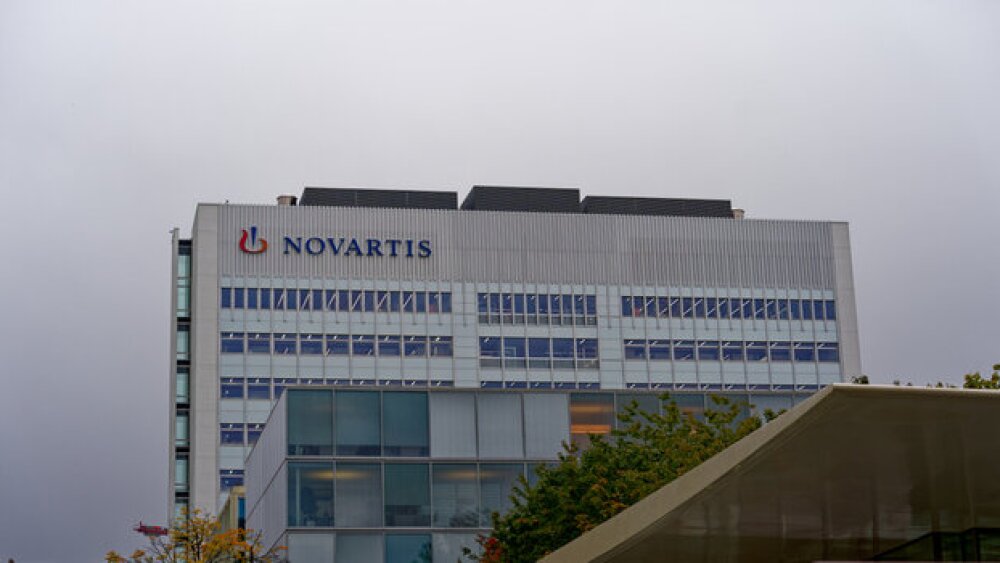The Swiss pharma reported a 12% sales increase and 21% core operating growth for the third quarter on Tuesday, while raising its full-year earnings forecast for the third time.
Pictured: Novartis office in Basel/iStock, Michael Derrer Fuchs
Novartis continued to beat earnings expectations on Tuesday with the release of its third-quarter financial results. The Swiss pharma reported 12% sales and 21% core operating growth for the quarter, while raising its full-year earnings forecast for the third time.
The company completed its transformation into a “pure-play” innovative medicines business with the spin-off of its generic and biosimilar medicines business Sandoz, which was made official earlier this month. Novartis is now focused on four core areas: cardiovascular—including renal and metabolic— immunology, neuroscience and oncology. The company raised its earnings forecast for the full year, crediting cost cuts and growth of its multiple sclerosis (MS) drug.
Kesimpta, Novartis’ once-a-month at-home injection for MS had a 124% sales increase to $657 million for the quarter, beating out analyst projections of $525 million. The company cited increased demand with help from a one-time revenue deduction adjustment in Europe.
Novartis’ targeted radioligand Pluvicto, the first of its kind approved by the FDA in March 2022, skyrocketed in the third quarter—up 220% compared to last year. It’s already pulled in $707 million in the first nine months of 2023.
The company is building a case to position the treatment as an earlier line option with recent Phase III data for PSMA-positive patients with metastatic castration-resistant prostate cancer. Previously reported supply issues have also been resolved now, Novartis said, and will be filing for approval as an earlier line of treatment in 2024.
Novartis’ best-selling drug Entresto pulled in nearly $1.49 billion for the quarter, representing 31% growth over the prior year period. However, the heart failure drug is facing a rocky road ahead as it battles generic entry to the market ahead of its loss of patent protection in 2025. The company reported it has appealed to reverse the U.S. District Court’s decision and to uphold the validity of its combination patent for the drug.
In addition, Novartis filed a lawsuit in September seeking to block the Inflation Reduction Act’s Drug Price Negotiation Program after Entresto made the list of the first 10 drug products to be impacted.
While Cosentyx remains its second biggest seller, pulling in more than $1.3 billion in the third quarter, its growth level was only 4% compared to the prior year period. An FDA win earlier this month for an intravenous formulation of the rheumatic disease IL-17A antagonist may help increase sales in patients who are not comfortable with at-home self-injections, the company said.
Novartis had announced a cost-savings plan in June 2022 to cut up to 8,000 jobs—about 7% of its workforce—in an effort to save at least $1 billion by 2024. An “internal merger,” as leadership called it, of Novartis’ pharma and oncology businesses has also occurred. The company is now expecting to grow core operating income “mid to high teens”—up from “low double-digit to mid teens” predicted previously.
“Overall, we’re fully on track with our plan, even slightly ahead, I will say, from a savings generation standpoint,” CFO Harry Kirsch said in the company’s earnings call Tuesday morning.
Kate Goodwin is a freelance life science writer based in Des Moines, Iowa. She can be reached at kate.goodwin@biospace.com and on LinkedIn.






